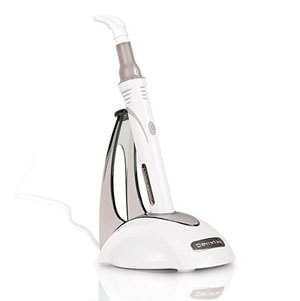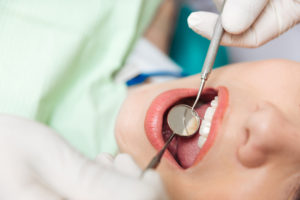Today’s dental implant options, especially for someone who has lost all the teeth due to a medical condition or accident, have increased. Now patients have a cheaper and better option of replacement teeth with a snap-in implant.
Snap-in Implant (Dentures)
Unlike the traditional dentures that often increased the risk of falling out of place, you get a stable and versatile option with a snap-in implant option. For snap-in implants, a dentist places screws that hold debentures within the patient’s jawbone. For snap-in dentures, a dentist implants between two and four screws to hold the denture in place in each jaw; however, you may have up to 10 implants depending on need and budget available.
Once the snap-in implants are in place, an overdenture, commonly known as an implant-supported denture, is placed. A patient may have an option such as temporal and permanent for this implant version. The option for removable debenture is mainly for cleaning purposes.
Who can use Snap-in Implant?
Snap-in implants, especially those for dentures, are for those with missing teeth. They are also convenient for those suffering from tooth decay; however, they may not be right for everyone.
The jawbone must remain fully developed for the snap-in implant to function properly. A dentist requires enough bone to support the snap-in implant. Therefore, a snap-in implant is often suitable for adults and grown-ups with a fully developed jawbone.
Moreover, a snap-in implant works best when an individual presents good oral health. Smokers are not good candidates for snap-in implants because cigarettes often alter the healing process, increasing the risk of failure. Although if a snap-in implant fails, there exists an option for a redo. However, chances of failure are often minimal when dentists screen a patient before proceeding to a surgical procedure.
Pros of Snap-in Implant
This type of dental implant is common for dentures. Having snap-in implant accrues the following benefits:
- You get stable denture that makes it easier to speak
- Your dentures will not slip or fall out when you speak, sneeze, drink, and eat
- Snap-in implant triggers bone growth, preserving the jawbone from further bone loss
- Snap-in -implant allow dentures to fit in comfortably and give the patient a natural look
Cons of having snap-in implant
- Placing a snap-in implant requires an invasive surgical procedure
- The healing procedure takes long, prompting for frequent dental visits
- Snap-in implants can be costly when compared to conventional dental implants. A patient may require an extra bone graft depending on the extent of the tooth and gum decay.
- Snap-in attachments may require tightening because they can become loose sometimes
Snap-in Implant Procedure
- Initial consultation- find a reliable dentist who can take an x-ray of the sinus and the jawbone. Impression and x-ray pictures can help the dentist to forge a mock-up of the required snap-in implant.
- Make a treatment plan- depending on your jawbone state, a dentist may recommend a treatment plan to prepare for the snap-in implant.
- Bone grafting- the plan may vary depending on individual needs. A dentist may recommend bone grafting if the jawbone cannot accommodate the required snap-in implant.
- Fitting the snap-in implant- the patient remains sedated as the dentist inserts titanium rods into the patient’s jawbone. The implants may take up to six months before the dentist can fit dentures. The patient can use temporary dentures in the meantime
















